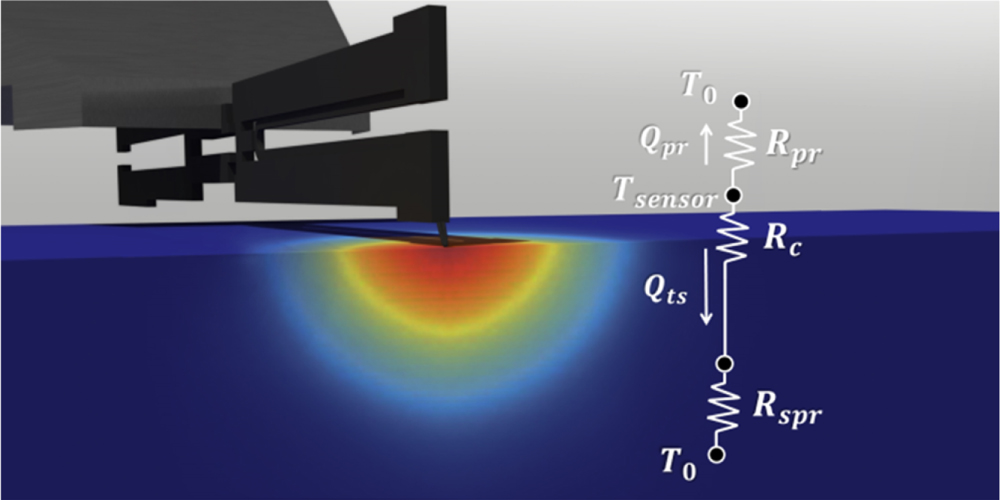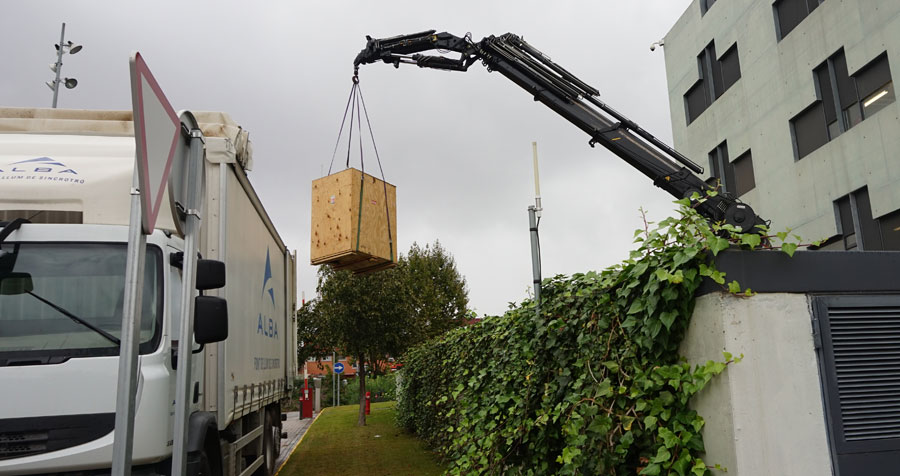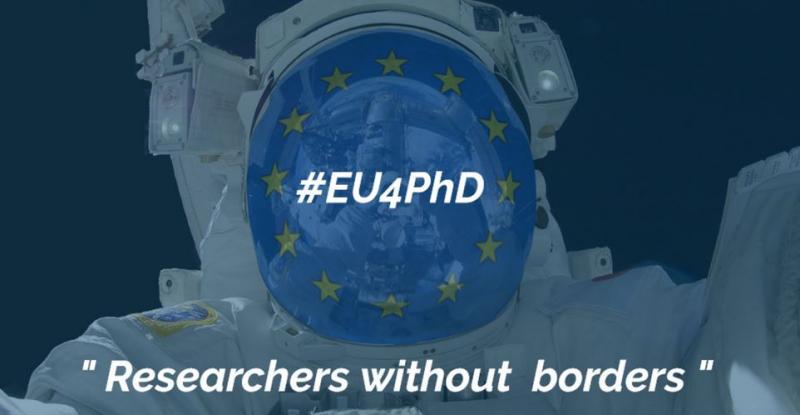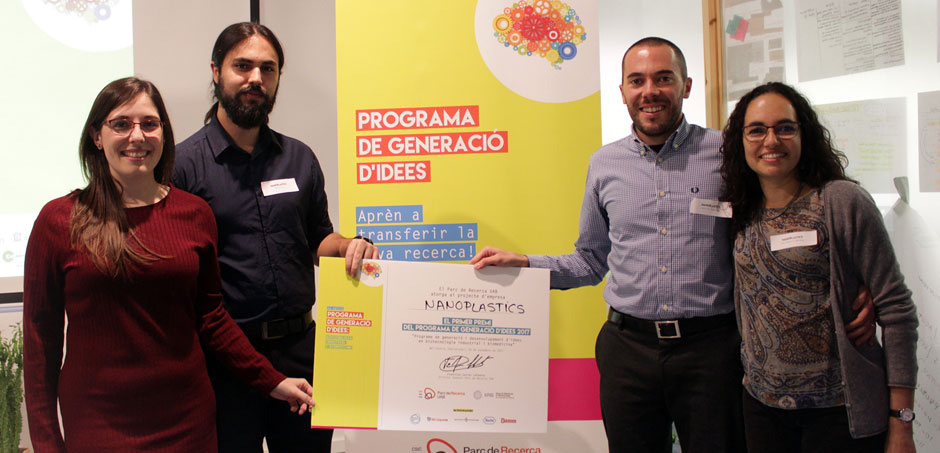Severo Ochoa Programme 2018-2022 NEWS
Our Partner:
https://royalreelspokies.live/ - Royal Reels Australia. Казино Вавада открывает доступ к игровой платформе через официальный сайт Vavada. Быстрая регистрация в
Вавада казино, щедрые бонусы и регулярные турниры с призовым фондом!
Monday, 26 February 2018
On 15 and 16 February the ICN2 paid homage to its Severo Ochoa accreditation and grant, together with international collaborators and research leaders in nanoscience and nanotechnology.
Thursday, 22 February 2018
Last week we celebrated the International Day of Women and Girls in Science at the ICN2 with a series of events intended to inform and provoke reflection on the subject of gender. Read on for a summary of the main ideas raised.
Tuesday, 13 February 2018
Researchers of the ICN2 Nanobioelectronics and Biosensors Group led by Prof. Arben Merkoçi have devised a simple manufacturing method for versatile graphene oxide-based micromotors. Requiring no specialist equipment, it can be used to produce a range of micromotors that can be further tuned for different purposes. Luis Baptista-Pires explains the process in the paper published in Small.
Tuesday, 06 February 2018
Nanotechnology publishes a yearly collection including the best articles and topical reviews published in the journal. The 2017 edition included an article by the ICN2 Phononic and Photonic Nanostructures Group.
Tuesday, 06 February 2018
The ICN2 is pleased to announce the ICN2 Severo Ochoa International Conference. On 15 and 16 February, in-house research leaders will share the stage with prominent international scientists to recap the latest advances in nanoscience and nanotechnology. In celebration of the final chapter of the ICN2 Severo Ochoa Programme, the event will take place at the Palau de la Música Catalana in Barcelona.
Monday, 05 February 2018
The finding that bone is flexoelectric and plays a role in the bone-repair process has garnered significant interest in regional and national media. Here we leave you with the video clip broadcast by TV3, Catalonia's public television channel.
Friday, 02 February 2018
Last month ICN2 researchers revealed how a physical phenomenon at the nanoscale, flexoelectricity, stimulates the biological process of bone self-repair. Their paper, "Flexoelectricity in Bones", was published in Advanced Materials on 19 January. Helped along by an ICN2 press conference held in Barcelona, it has since drawn considerable attention from the media.
Wednesday, 31 January 2018
Associate professor and group leader Prof. Bilge Yildiz describes her research on corrosion and hydrogen embrittlement in energy conversion systems, also sharing her views on what traits define her colleagues at the MIT. Watch the video here.
Monday, 29 January 2018
This plant, fitted with equipment owned by the ICN2, is unique in Catalonia and allows recycling of up to 80% of the liquid helium consumed at ALBA for its superconducting magnets and ultra-low temperature experiments. The ICN2 will also benefit from the helium produced.
Friday, 26 January 2018
In the second week of February, the ICN2 will be joining other research centres around the world to mark the International Day of Women and Girls in Science. Find out more here.
Thursday, 25 January 2018
Last week nine new ICN2 PhD candidates attended the “How to Be an Effective Researcher” course organised by the Barcelona Institute of Science and Technology (BIST) on behalf of its seven member institutes.
Tuesday, 23 January 2018
Ahead Therapeutics SL is the result of a joint research project with a strong nano component between the Germans Trias i Pujol Research Institute (IGTP), the ICN2 and ICREA. It was created to advance the development of therapies for autoimmune diseases and pursue their application in a clinical setting. Just a few months in, the new company has already attracted 1.1 million euros in private investment.
Friday, 19 January 2018
Researchers of the ICN2 Oxide Nanophysics Group led by ICREA Prof. Gustau Catalan have resolved one of the great unknowns in bone remodelling: how the cells responsible for forming new bone tissue are called into action. Their work reveals the possible role of an electromechanical phenomenon at the nanoscale, flexoelectricity, not only in stimulating the cell response, but in precisely guiding it throughout the fracture repair process.
Friday, 19 January 2018
The Barcelona Institute of Science and Technology has awarded three second-phase grants to collaborative projects developed jointly by BIST member institutions. The ICN2's participation in two of the three successful projects is led by ICREA Prof. Jose Antonio Garrido and ICREA Prof. Jordi Arbiol.
Wednesday, 20 December 2017
A recent article from the Graphene Flagship outlines how the strong collaborative ethos of this largescale European research initiative is accelerating developments in new graphene-based technologies. Among the featured papers are two by ICN2 group leaders ICREA Prof. Stephan Roche and ICREA Prof. Sergio O. Valenzuela.
Tuesday, 12 December 2017
Members of the ICN2 Human Resources (HR) Department are participating in the ABG Programme of “Researchers without borders” (Paris, 11-12 December). The ICN2 Head of Human Resources, Rocío Perez, presented yesterday the ICN2 approach in a round table about “Recruitment process and mobility in academia”.
Tuesday, 12 December 2017
The project Nanoplastics, launched by researchers at the Catalan Institute for Nanoscience and Nanotechnology (ICN2), the Institute for Neurosciences (INC-UAB) and the Centre for Agronomic Research (CRAG), has created a single-layer biodegradable film to increase safety of packaged and extend their shelf life.
Tuesday, 05 December 2017
Experimentalists of the ICN2 Physics and Engineering of Nanodevices Group, led by ICREA Prof. Sergio O. Valenzuela, have found evidence that the spin-orbit coupling induced in graphene by proximity to transition metal dichalcogenides affects electron spins differently depending on their orientation. Published in Nature Physics, this work suggests new approaches to controlling the transport of spin and valley information in future spintronics devices.
Tuesday, 05 December 2017
ICN2 researchers have demonstrated that the application of a thermal gradient in spintronic devices can cause spin signal to increase as a result of a novel thermoelectric phenomenon predicted and subsequently observed in graphene. Specifically, the enhanced spin signal is two orders of magnitude larger than anything previously reported for thermal effects in metals. Published in Nature Nanotechnology, these findings push at the frontier of graphene spintronics technologies.
Thursday, 16 November 2017
Researchers of the ICN2 Theoretical and Computational Nanoscience Group, led by ICREA Prof. Stephan Roche, have published another paper on spin, this time reporting numerical simulations for spin relaxation in graphene/TMDC heterostructures. Published in Physical Review Letters, their calculations indicate a spin lifetime anisotropy that is orders of magnitude larger than anything observed in graphene until now. Here, lead author Aron Cummings explains the origin of this effect.





















